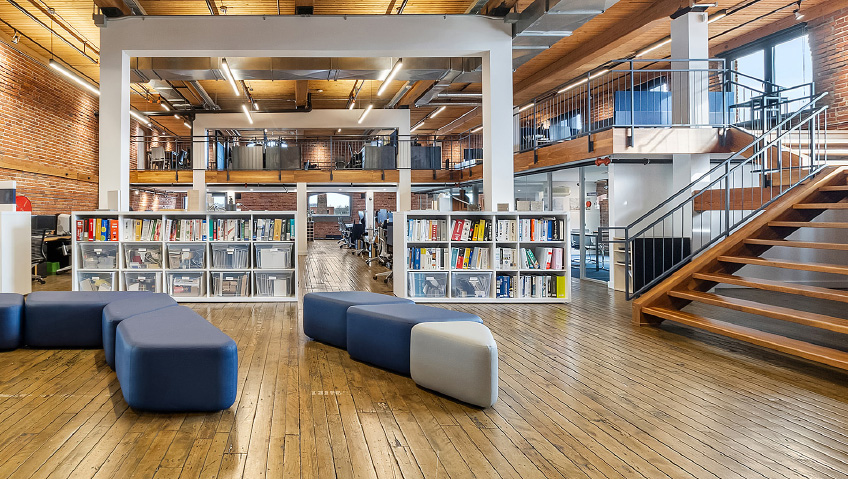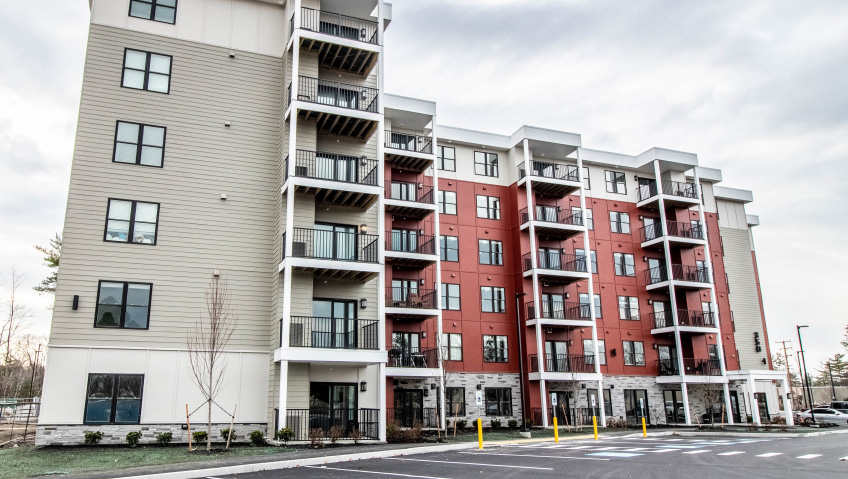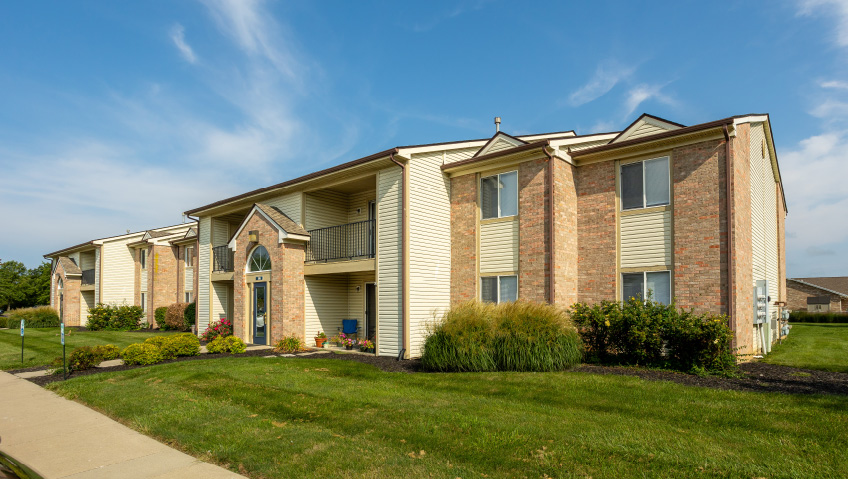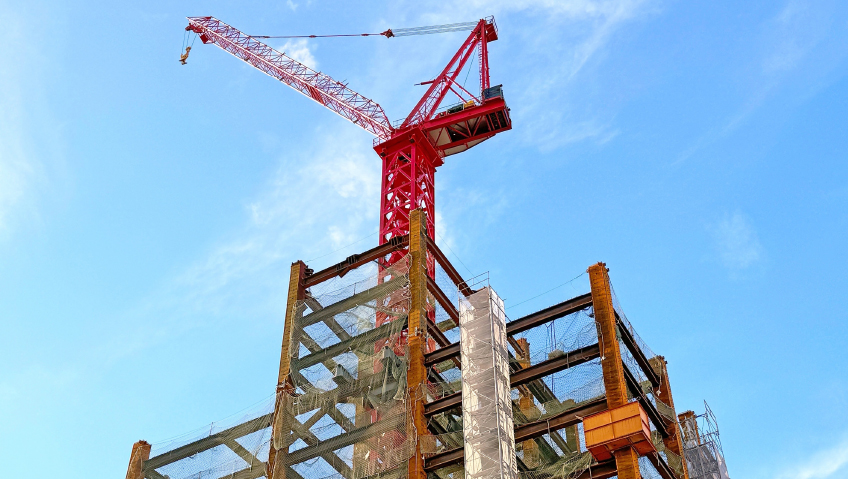Technically complex facilities with stringent performance and environmental controls require the brightest minds, innovative approaches, advanced technology, and a team that offers tangible design solutions.
IPS-Integrated Project Services (IPS) is a global leader in the consultation, architecture, engineering, project controls, construction management, commissioning, qualification, and validation (CQV) of extraordinarily complex and technical facilities in the life sciences industry.
One of the ways in which IPS is improving facilities’ workflow, throughput, and efficiency is by utilizing process modeling. With this new and innovative tool, information can be gathered and validated on the front end of a project to prove out a concept, in advance of detailed design, to ensure desired results are achieved. It provides a visual representation of an operation or facility that a spreadsheet can not offer.
“We can show a client what we believe a typical year’s behavior of a site will be,” Swartz says. “It could be a site, a particular room, or whatever renovation we are working on. We can show that what we’re proposing is actually going to give them the result that they’re looking for.”
Using AnyLogic, a modeling software or what Swartz refers to as “a discrete event simulation software,” IPS can look at any activity within the confines of a system, input relevant data, and create a model from which they can gather information to make better-informed decisions.
“This software, it’s extremely flexible,” says Swartz. “You can do almost anything with it because it’s more a set of tools built on top of a programming language rather than a restricted software. You can take those tools or build custom tools and manipulate them into almost any type of process.”
Swartz provided an example to demonstrate how modeling can lead to significant cost savings for a client on any given project. “A model we’ve started development on is a sampling and weighing area for incoming products,” Swartz says. “Sampling booths designed to handle potent products can easily cost half a million dollars each. If a simulation can prove that only three of these booths are required versus four in a concept, it could result in savings of half a million dollars, savings that could not have been achieved without the help of modeling.”
The Food and Drug Administration (FDA) recognizes blow-fill-seal (BFS) as an advanced aseptic liquid packaging process that is low-cost and scalable. IPS has designed a CGMP greenfield BFS aseptic-manufacturing campus and evaluated the concept with help from a process model.
“With something this large,” says Swartz, “there are so many modeling points on it that you have to make some assumptions that may not be the same as you would for a smaller model. This is a multi-hundred thousand square-foot facility with hundreds of employees moving through it, so some assumptions needed to be made. But you can program those assumptions as adjustable to try to make this as much real-time configurable for the client as possible.”
With 15 product trains in the facility, the model offered a scalable solution from which the client could assess the potential of automated, semiautomated, or manual processes, and the benefits of various warehousing and product-movement systems like conveyors and vacuum-transfer systems, and also develop and evaluate the optimal facility layout.
Included in the design are standard and ultracold (minus 70 degrees Celsius) storage facilities, as well as designated formulation, filling, inspection, warehousing, storage, and staging areas; research and development laboratories; and offices.
Utilizing this type of technology would not have been commonplace a short time ago for a small project due to the time-prohibitive nature of the software. For instance, it is unlikely that firms would have utilized it to simulate activities in a locker room to improve employee throughput at peak times. However, this was recently done by IPS who served as a partner on the project to optimize the flow of employees heading in and out of a locker room. The firm designed a model that simulated the client’s locker room throughput, adjusting parameters to reflect reality to identify areas of strength or those needing improvement.
“It basically tells you how long it takes between each step of the process,” Stephen Lane, Modeling and Simulation Analyst with IPS, points out. “So you can analyze certain steps, see where the bottlenecks might be, and then think about how we can improve those bottlenecks.”
In this case, the client hoped to have eight employees gowned and ready in a 15-minute period. Within the existing locker room layout, this was not possible, and so it warranted a redesign. This would certainly not have been as apparent using calculations on a spreadsheet.
“It’s a wholly different use for this process modeling, but there is no reason we can’t do it. It’s still a spatial layout. It’s still a number of personnel, of resources coming in, and the stations where they are actually doing things in the locker,” says Swartz.
“It’s there to prove to the client that the layout and the configuration that IPS came up with is going to give you what you want. We can change a few of those things to either decrease costs or decrease timing, or whatever is the client is looking for, and then rerun the model to see how the changes affect that output.”
While many sectors of the economy faltered during the global pandemic, IPS found a way to adjust, adapt, and thrive using digital tools to support its clients.
“We were extraordinarily busy during that time,” says Swartz of the last year and a half under pandemic conditions. “The pharmaceutical/biotech industries really put forward lots of work that needed to be done – some of it directly related to COVID.” IPS, he says, was there to offer the support the market needed, when the market needed it most.
“We had quite a lot of projects there, but even outside of COVID, it was a definite expansion of the industry and what they were doing: lots of manufacturing expansions, and new facilities, new technologies,” he explains.
IPS’ goal moving forward is to continue serving clients who are expanding and improving facilities. Modeling highly complex facilities and processes is the way of the future and IPS is leading the way.






